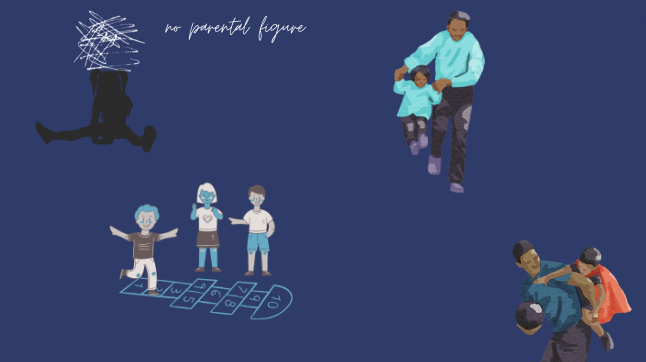A guide to concurrent enrollment
October 18, 2021
Salt Lake Community College’s (SLCC) concurrent enrollment program aims to “deliver a college experience that prepares high school students with the skills and courses they need to navigate the challenges of higher education and complete a meaningful degree or certificate,” states the SLCC Concurrent Enrollment website. What are concurrent enrollment classes, and what can they do for students?
Concurrent enrollment or C.E. classes are offered in many different forms. Highschools have C.E. classes that they offer in your block high school schedule, that count towards both high school and college credits but this isn’t the only option. Classes taught by professors at an SLCC campus are offered to high school students as well. Many students take classes after school at an SLCC campus with the hopes of gaining enough credits to graduate high school with their high school diploma and their college associate’s degree.
The college credits earned are the same, the difference is how students earn the credits. To earn college credit through advanced placement or A.P. classes, students first need to pass the big A.P. test. However, to gain the college credits with concurrent enrollment you only have to pass the class, not a single test.
A big motivator for concurrent enrollment classes is the price. The same class could be filled with one high school student, and one post-high school student, but the tuition they are paying is vastly different. “You’re getting the same education as them for cheaper and sooner,” said senior Kaliasta Leggitt.
“I chose to take concurrent enrollment to accomplish my general education requirements for college at a lower cost,” said senior Caroline Ingram at Cottonwood High school.
The high school student would be paying fifteen dollars for that class, while the other students would be paying upwards of five hundred dollars. Furthermore, a student aiming for college credit through A.P. would be paying a little over ninety dollars versus the fifteen dollars for a C.E. class.
The enrollment for concurrent enrollment is complicated and lengthy. Enrollment is frustrating, and inaccessible to many students. First students have to apply to become an SLCC students, students enroll as average college students. After the admission process is finished (which can take a few weeks), students log in to their accounts to figure out what classes they’d like to take. The student cannot register for any classes at that time, however. A college advisor at the high school has to email SLCC to open the class for self-registration. Finally, after weeks students can register for classes. There is only a handful of classes on campus that are offered to concurrent enrollment students. Finding those classes is a wrenching process, time conflicts, place conflicts, etc make it hard to find the classes that you need.
All of this time enrolling, talking to advisors, registering for classes is lengthy, but extremely worth it in the end. Concurrent enrollment classes put you ahead of your peers, jumpstart you into your college career, and save thousands of dollars.
“You’re still saving so much money and pushing yourself ahead. It’s definitely a lot of work, and you do make sacrifices, but I don’t regret my choice at all, and would gladly make it again in a heartbeat,” said Legitt.















